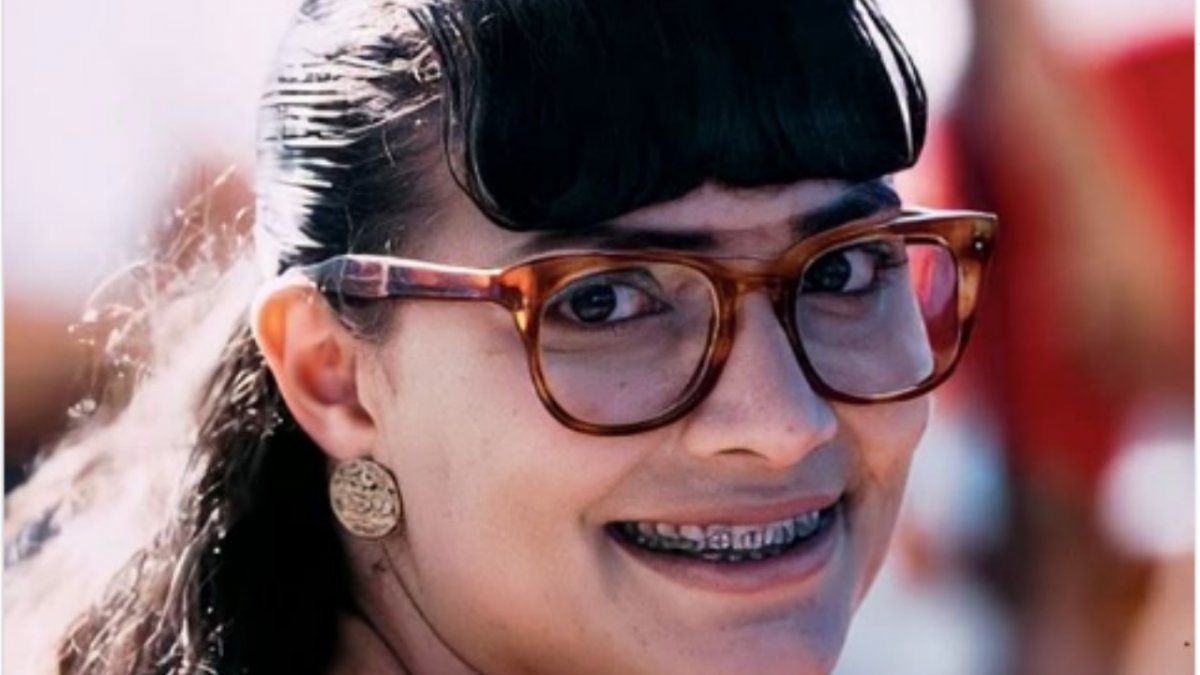

The heroine at first is untamed, neglected, crazy. El derecho de nacer, Los ricos también lloran, Rosa salvaje, Mi pequeña Soledad -all have this characteristic. In contrast, the Mexican telenovela star Verónica Castro, in the 1970s and 80s, depicted heroines who went from being humiliated, made fun of, scorned, to blooming through an internal transformation.
Ver betty la fea series#
Marimar, in particular, amused me and the naivete of its protagonist was funny, but I’d characterize this series as a humorous program-not the kind of telenovela that touches my soul. I know that my own particular likes and dislikes don’t necessarily jibe with popular taste, since these telenovelas were wildly popular and had thousands of fans all over the world. Something similar could be said about the 1990s films made by Mexican telenovela icon Thalía, the so-called “trilogy of the three Marías,” María Mercedes, Marimar and María la del barrio. An angelical style, unruffled from the first to last episode. Their appearance characterized them as too naive and undemonstrative, and their acting never managed to overcome appearances. They did not have the “physique du rol” needed for an active part. Although I certainly recognize their merits, I was never captivated by the telenovelas made by the Venezuelan Grecia Colmenares in the 1980s and 90s: Topacio, in Venezuela, later María de nadie, Grecia, Pasiones, Manuela and others in Argentina. I’m going to tell you about my favorite heroines-a deliberately arbitrary selection. Saby Kamalich and Fernando Larrañaga in Simplemente María.

And many of them do not correspond to the archetype of Cinderella, the poor and suffering princess waiting for her prince. In all these struggles, the heroines shine. Often, the lovers spend years apart, each living in remote places without having any certainty that the loved one is still alive. Perhaps to prove that it is genuine, it is a love that must overcome time, distance or the most terrible catastrophes one can imagine. They manage to survive separations, misunderstandings, meddling by others and difficulties that only increase with each episode. It seems practically impossible that this couple (up until now, heterosexual) can unite to construct something together, to realize their dreams. It is a love that is difficult to recognize, to maintain or to recuperate. This fledgling love must confront obstacle after obstacle. The certainty of love gives them the energy to overcome any obstacle. They are capable of confronting the hostility of their social class, to take on cultural and religious differences. And this acceptance transforms them, redeems them, gives them a strength they were lacking or of which they were not aware. They deny it, they struggle against their very selves they engage in self-deception…until, finally, they accept the nature of this love. It is a simpler affair for the male characters, who are permitted to court whom they wish regardless of social status or indulge in purely sexual attraction.įor the heroines, love is revealed as something extremely powerful that shakes them up, that keeps them on tenterhooks, that challenges them. I observed that the heroines are almost always humiliated in the stories, much more so than the male protagonists. It is a love that is difficult to recognize: it emerges first as a game of attraction or rejection-or sometimes evan an initial head-on confrontation. It is that this love is an impossible love it is a prohibited love, which challenges all the expectations and mandates established generation after generation. Because it is not only a matter of falling in love with the wrong person.

In the amorous duel of the telenovela, in the tremendous struggles narrated in the stories, the existence of other is always present. And much of that success can be attributed to its protagonist, Verónica Castro, and her character, the beautiful and brave Mariana.įollowing the example of Julieta (of Romeo and Juliet) and of Melibea (from the Celestina, originally known as the tragicomedy of Calixto and Melibea), telenovela heroines are very active risk-takers who surrender body and soul to the tasks at hand. And it wasn’t just my little girl whom the show attracted: Los ricos también lloran (perhaps one of the best telenovela titles to date) introduced the genre with great success to several European countries, as well as to Russia and China. “Aprendí a llorar”-I learned to cry-was the song’s constant refrain. I realized that the melodrama and its well-known manipulation of emotions had got a hold of my toddler. It was the opening theme from the 1979 telenovela Los ricos también lloran (The Rich Also Cry), starring Verónica Castro. I first became interested in telenovelas as an academic subject when, more than thirty years ago, I heard my then two-year-old daughter sing a song for the first time.


 0 kommentar(er)
0 kommentar(er)
